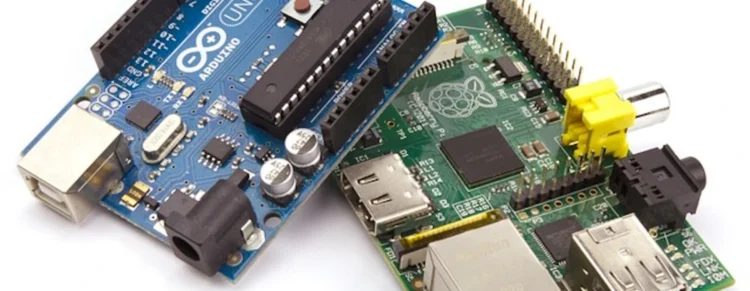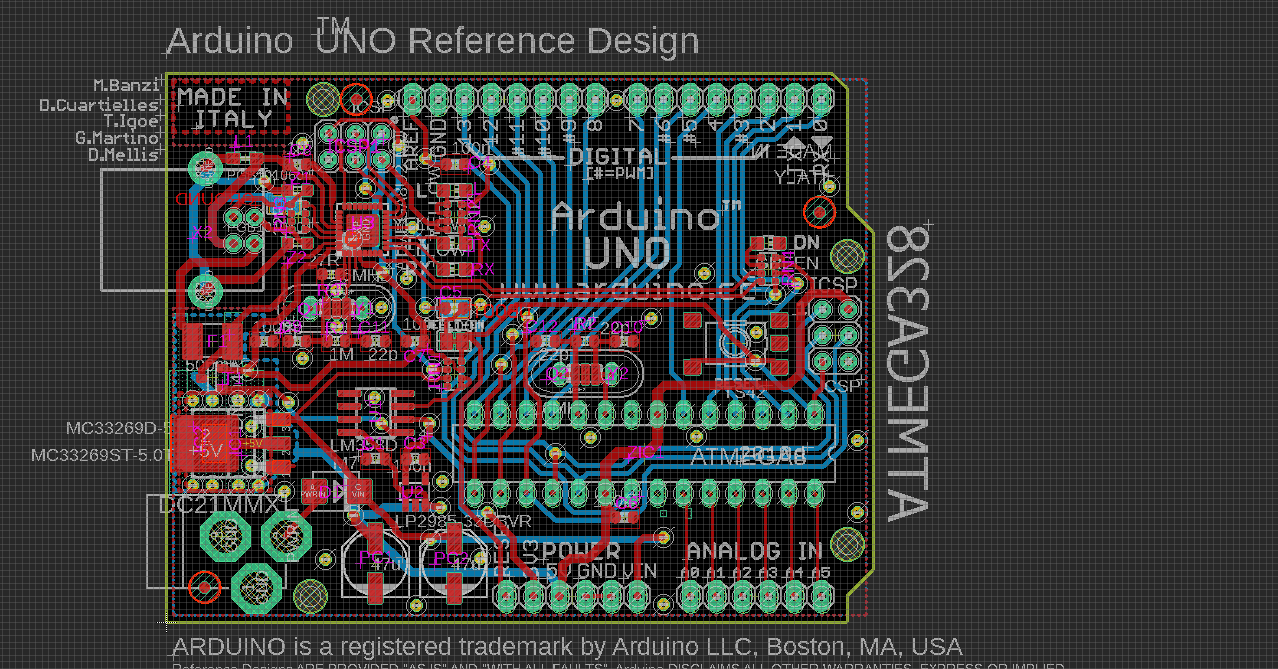Arduino vs. Raspberry Pi: Choosing the Right Platform for Your Project – In the world of electronics and DIY projects, two well-renowned platforms have become famous choices among hobbyists and professionals: Arduino and Raspberry Pi. Both Arduino and Raspberry Pi provide extraordinary features and abilities, but choosing the right platform for your project requires comprehending their strengths, restrictions, and the particular requirements of your project.
This blog aims to show the difference between Arduino and Raspberry Pi, showcase their major comparisons and help you make a correct decision.
Arduino and Raspberry Pi are the most famous single-board computers available outside. They are useful in various projects and can be used as building blocks for electronic devices.
Choosing the right board is important because it confirms the economy of the project in terms of resources and time. This article offers an in-depth comparison of the two boards, showcasing their advantages, disadvantages and suitability for particular projects.
Arduino vs. Raspberry Pi: Choosing the Right Platform for Your Project
Arduino
Arduino is a microcontroller-based platform that focuses on physical computing and real-time control. It consists of a simple hardware board with an integrated development environment (IDE) for programming. Arduino boards are renowned for their convenient use, reduced power consumption, and real-time control abilities. They excel in projects that require interaction with sensors, actuators and other hardware components.
One of the main advantages of Arduino is its extensive library support, which provides a wide range of ready-made functions and code examples for various tasks. Arduino boards are usually used for smaller projects such as home automation, robotics and sensor-based applications. They are also ideal for prototyping as they allow for quick iteration and easy debugging.
Use cases
Arduino boards are incredibly versatile and have many uses for electronic projects. They are perfect for simple robotics, sensors and automation projects. Arduino boards have found their way into many fields, including agriculture, healthcare and education. Some examples of successful Arduino projects include smart irrigation systems that only water when the soil is dry, home automation and creating an alarm system based on microcontrollers.
Advantages and Disadvantages
Arduino boards have many advantages. They are easy to use, very cost-effective and energy efficient. The platform is also open source and the boards have a large supportive community. However, Arduino has limitations such as limited memory capacity, compatibility issues and inability to perform complex tasks.
Raspberry Pi
Now, if we talk about the Raspberry Pi, it is a single board with a total operating system (normally a Linux distribution). It offers a more robust computing medium than Arduino with services such as networking, multimedia support and general-purpose input/output (GPIO) pins. Raspberry Pi boards have the ability to run complex programs and can be utilized for jobs such as web servers, media and home automation systems.
The flexibility of the Raspberry Pi makes it convenient for projects that need more computing power, graphical user interfaces (GUI) and connectivity. It can be utilized for IoT applications, data logging and carrying out multiple programs at the same time. Raspberry Pi boards also have a large user base and extensive online resources, making it easy to find solutions and support for different projects.
Use cases
Raspberry Pi is an attractive choice for developers working on more complex projects such as media, home automation and retro gaming. A lot of extraordinary projects have been built around the Raspberry Pi, which involves a Raspberry Pi-based image scanner, a mechanical bird camera, a voice-activated home assistant, and even an autonomous car.
Pros and Cons
Raspberry Pi has several advantages. These include powerful processors, multimedia support and extensive connectivity options. However, for beginners, the board can be intimidating due to its complexity, which may require mastery of Linux, the command line interface and the Python programming language. Additionally, Raspberry Pi boards have a higher power consumption than Arduino.
Choosing the Right Platform
When deciding between Arduino and Raspberry Pi, consider the following factors:
The complexity of the project
If your project has an easy interaction with sensors or actuators, Arduino is mostly the better option because of its real-time controlling abilities and clarity. However, if you want a more complicated system with networking, graphical interfaces or doing a lot of things at the same time, Raspberry Pi is a more appropriate choice.
Energy consumption
Arduino boards are made for low use and can carry on batteries for a long duration. Raspberry Pi, being a computer, uses more power and may require a consistent power supply. Think about the energy requirements of your project when making your decision.
Arduino boards are much more cost-effective than Raspberry Pi boards, making them affordable and reasonable for smaller projects. However, the Raspberry Pi provides more assessing power and functionality for its value, so it may be a better investment for long-term or more demanding projects.
Community and Support
Both Arduino and Raspberry Pi have large user communities and active online forums. However, the Raspberry Pi community is larger and offers a wider range of resources, tutorials and projects. If you value extensive community support, the Raspberry Pi might be your first choice.
Compatibility
Many third-party vendors offer Arduino-compatible devices that extend the sometimes limited capabilities of standard Arduino boards. These compatibles can be programmed using the standard Arduino IDE, but they offer some advanced features that can be accessed through advanced APIs and libraries. For example, there are built-in screens and various sensors.
Comparison
Performance
Arduino boards are single-board computers with restricted initiation power and memory. For example, Arduino consists of 14 digital I/O ports, 6 of which can be utilised as pulse width modulation (PWM) outputs. It consists of a clock frequency of 16 MHz along with an internal memory of 32 KB. On the other hand, the most updated Raspberry Pi 4 model has a robust quad-core processor, 4 GB of memory, and 2 USB 2.0 and 2 USB 3.0 ports. This makes the Raspberry Pi board essentially more powerful than the Arduino board.
Flexibility
Arduino is ideal for projects that require real-time processing capabilities and is suitable for electronic devices of small form factors. The boards withstand modest handling requirements and have a lower learning curve.
However, the Raspberry Pi provides greater versatility, permitting users to carry out complicated computing tasks, which involve multimedia processing, artificial intelligence and web server hosting. The Raspberry Pi has the ability of much more than simple electronic projects, making it the first option for advanced computing projects.
Connections
Arduino boards have a limited number of I/O ports. Because of this, it can make it challenging to interact with other peripherals. On the other hand, the Raspberry Pi has a vast collection of I/O ports and connectivity. Moreover, making it appropriate for more complicated projects.
Conclusion
To conclude, the option between Arduino and Raspberry Pi is based on the particular needs of your project. Arduino has distinctive features like real-time control and easier interaction with hardware components. While Raspberry Pi provides a more robust computing medium with networking and multimedia abilities. Consider factors such as project complexity, energy consumption, cost and community support to make an informed decision. Ultimately, both platforms have their strengths and can use effectively in many different projects. So choose the one that best fits your project goals and constraints.







